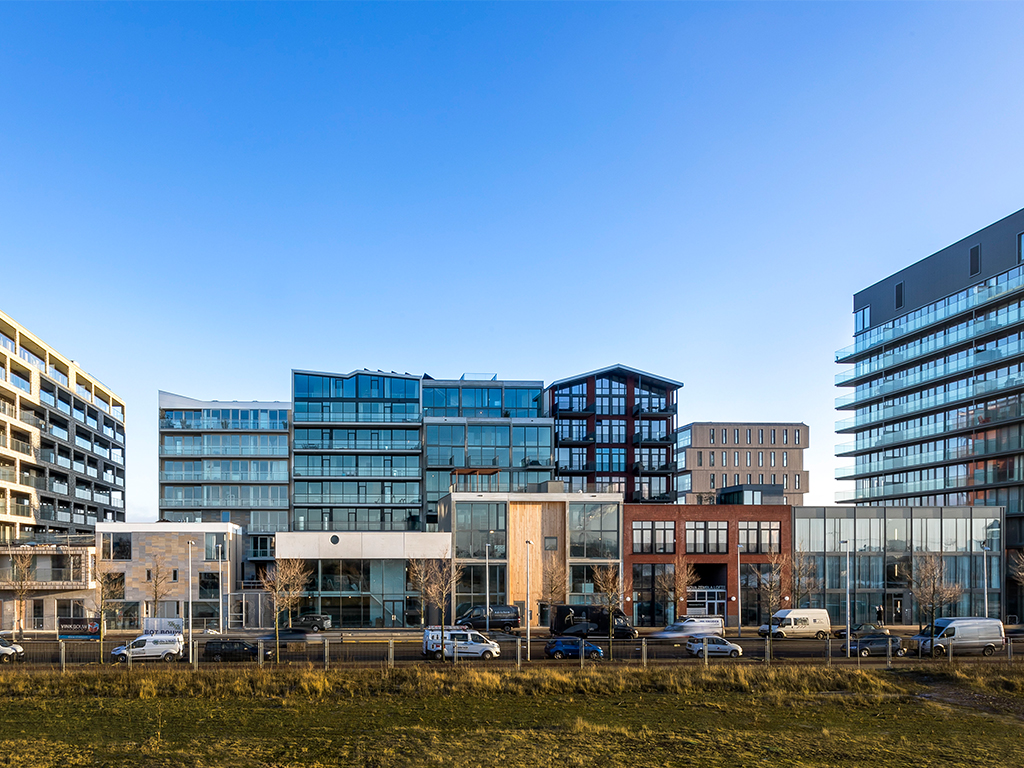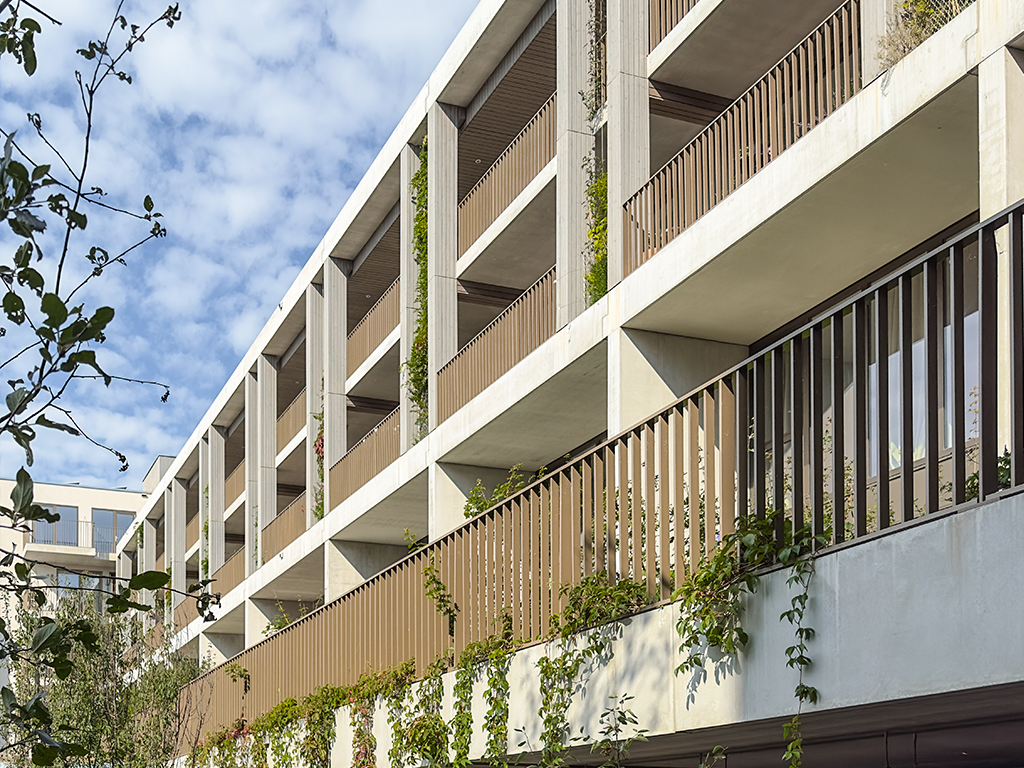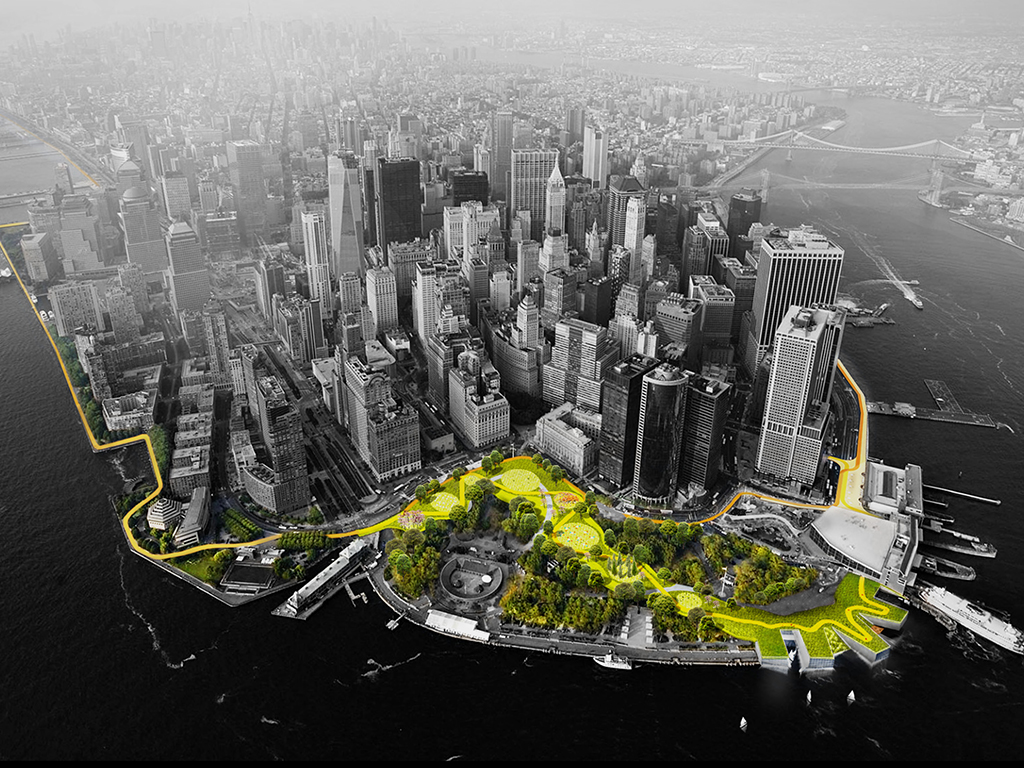DAS x SURP Lecture Series - Raymond J. Simpson Lecture: Bart Aptroot from One Architecture, Amsterdam Netherlands
- Date
- November 09, 2023
- Time
- 6:30 PM EST - 8:00 PM EST
- Location
- George Vari Engineering and Computing Centre, 245 Church St., ENG 103
- Open To
- Public
- Contact
- alexandra.berceanu@torontomu.ca
To qualify for 1 OAA Structured Con Ed hour, please sign-in once you arrive.
For Bart Aptroot, there are two main drivers for One Architecture (external link) : ‘engagement by design’ and ‘resilience by design’. The firm’s two offices, NYC and AMS (Amsterdam), constantly inform and inspire each other. NYC’s practice combines climate resilience, community engagement and multi-stakeholder processes. Aptroot will be discussing where this approach came from and how it inspires and informs their current way of working in other projects.
One Architecture: Praxis - in Bart Aptroot’s words:
“Gouda Oost, a Dutch city south of Amsterdam, is a learning ground for community engaged projects and a learning and adaptive process (eilandsgewijze ontwikkeling), proven to be insusceptible to economic and legislative fluctuations, and adaptive to a changing agenda (climate, subsidence). Amstellaan, a neighborhood in North Holland exemplifies a process where engaging the community resulted in resolving an impasse in infeasible solutions, as well as how to design infrastructure as integrated solutions for transport, recreation, well-being, and water.
ELTA, beleef-BSH and Hackable BSH gave insight in co-makership and how individuals can interact with institutions, how it creates agency for greener, resilient urban space. JARDIN combines residents' wishes for living quality combined with measures for a healthy and climate resilient urban environment.
NYC’s emphasis on planning for climate resilience and a longer time horizon inspired the practice in Europe for RBD MRA. One of its offsprings was the Havenstad designing for water safety, showing that safety doesn’t need a defensive approach. Instead it offers opportunities to integrate manyfold functions in qualitative urban environments. Almere Pampus, another offspring shows a temporal dimension, pre-developing water and soil to allow urban developments to grow into.
The AMS office also adopted the experience with social justice from the US, where this movement appeared earlier than in Europe. It inspired projects like our currently running project Soil for broad prosperity, adding a social agenda to the current attention in Dutch policymaking for water and soil as steering principles for spatial planning.
Dutch policies and innovations in water management are ahead of common practices in the US, and have helped us to set up projects like Rainproof New York.”
Image: Photo of Bart Aptroot taken just outside the Amsterdam office along one of the canals in Buiksloterham

This lecture is co-hosted by the Department of Architectural Science (DAS) and the School of Urban and Regional Planning (SURP) and is part of the Hemson Simpson Lecture Series, in collaboration with the Consulate General of the Netherlands (external link) .


